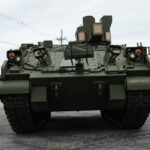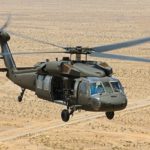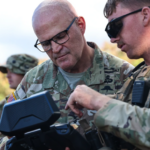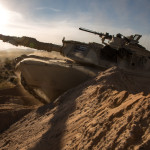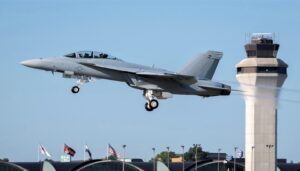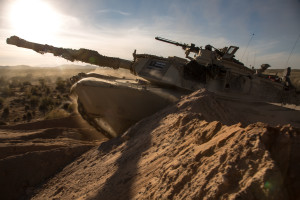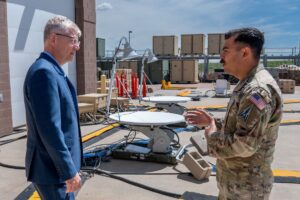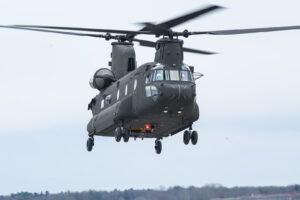
NASHVILLE, Tenn. – Amid the Army’s unfolding transformation plan, a Boeing [BA] official said Thursday the service’s commitment remains on intending to moving ahead with the Block II version of CH-47F Chinook heavy-lift helicopter. Heather McBryan, Boeing’s vice president and program for cargo helicopter programs, told Defense Daily the company still anticipates that a Milestone C decision for the program is likely to be made this year. “We have been supporting them very closely as they march toward Milestone C,” McBryan…

 By
By 